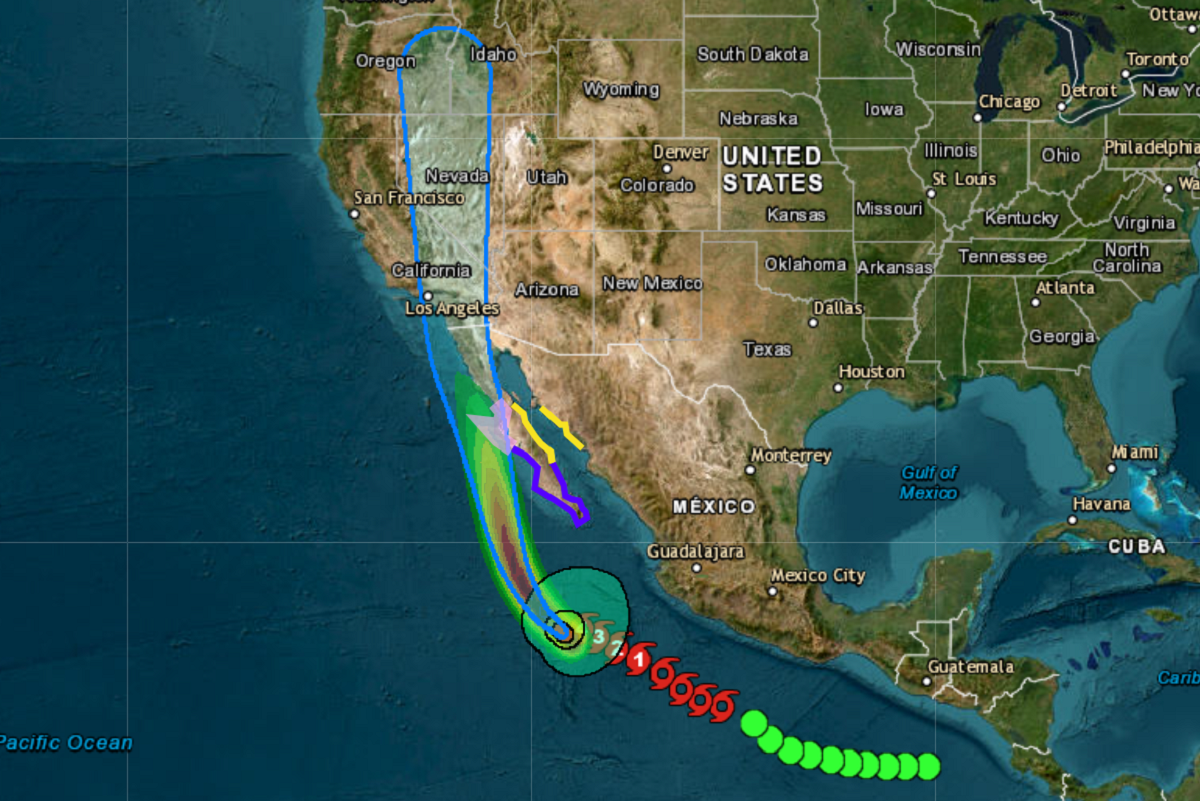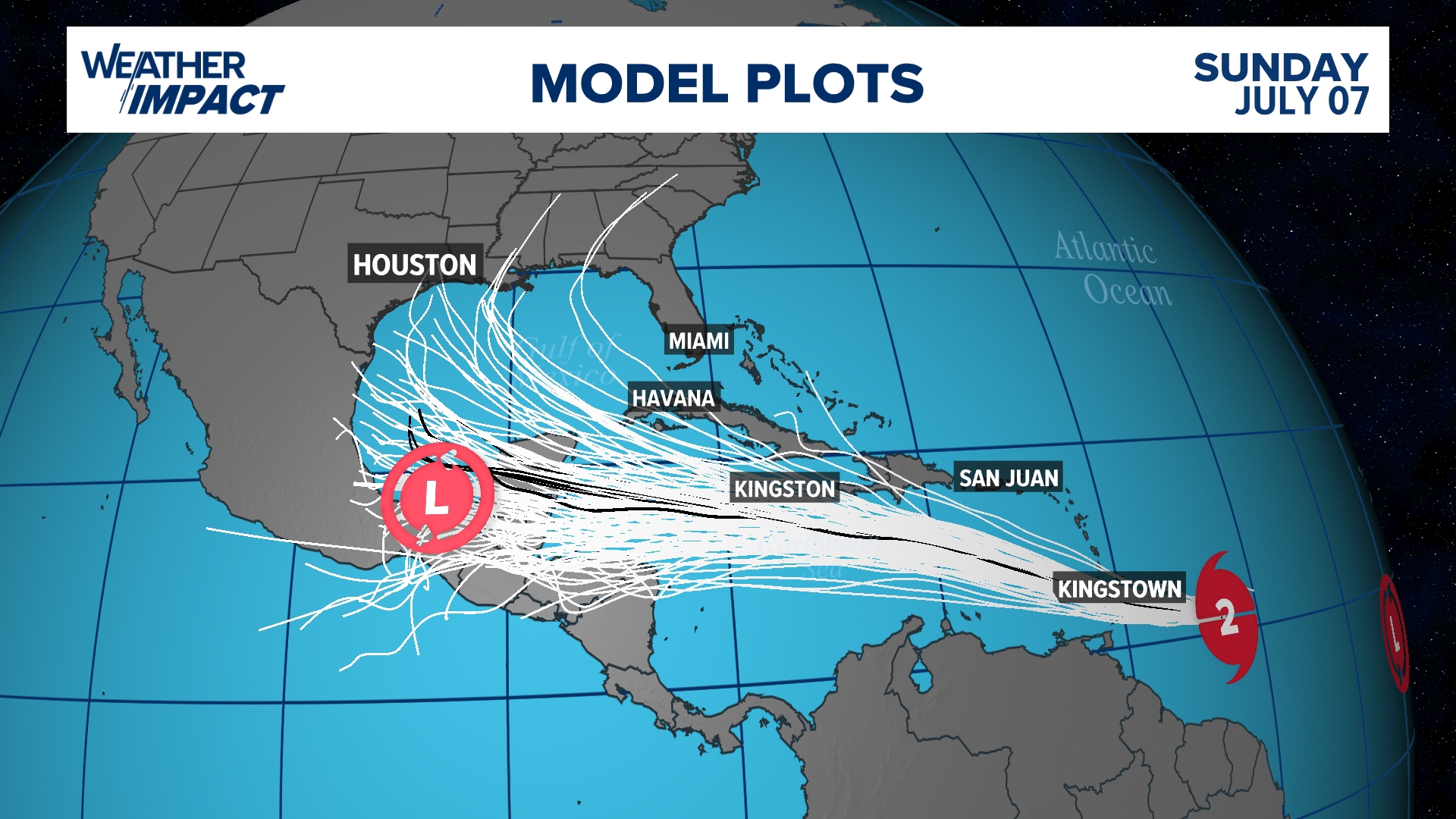Hurricane Beryl Path and Forecast: Hurricane Beryl Path Tracker

Hurricane beryl path tracker – Hurricane Beryl is a Category 3 hurricane that is currently located approximately 100 miles east-southeast of Charleston, South Carolina. The storm is moving north-northeast at 12 mph and is expected to make landfall in South Carolina or North Carolina later today.
The National Hurricane Center has issued a hurricane warning for the coast of South Carolina from Edisto Beach to Cape Fear, North Carolina. Tropical storm warnings are in effect for the coast of Georgia from the Savannah River to Altamaha Sound, and for the coast of North Carolina from Cape Fear to the North Carolina-Virginia border.
The destructive path of Hurricane Beryl can be tracked with precision using the latest technology. For those concerned about the weather in Louisville, Kentucky, weather louisville ky provides up-to-date forecasts and alerts, helping you stay informed and prepared. As Hurricane Beryl continues its journey, the path tracker remains an invaluable tool for monitoring its progress and potential impact.
Hurricane Beryl is expected to bring heavy rain, strong winds, and storm surge to the affected areas. Residents in the path of the storm should take precautions and follow the instructions of local officials.
Interactive Map
The following interactive map shows the projected path of Hurricane Beryl over the next 24-48 hours.
Tracking Hurricane Beryl’s path can be crucial for those in its trajectory. But for those not directly affected, staying informed about local weather conditions is equally important. If you’re in Clarksville, you can get the latest updates on Clarksville weather here.
This information can help you prepare for any potential impact from the hurricane, ensuring your safety and well-being. Stay tuned for further updates on Hurricane Beryl’s path.
[interactive map]
Historical Data
Hurricane Beryl is the first major hurricane to make landfall in the United States since Hurricane Michael in 2018. The storm has rapidly intensified over the past few days, and it is now a Category 3 hurricane. Historical data shows that Category 3 hurricanes can cause significant damage to coastal areas.
Impact Assessment and Preparation

Hurricane Beryl poses a significant threat to coastal areas, bringing with it the potential for devastating storm surge, flooding, and wind damage. Understanding the potential impacts and taking proactive steps to prepare is crucial for safeguarding lives and property.
Coastal communities should brace for the possibility of storm surge, a rise in sea level that can inundate low-lying areas. This surge can cause severe flooding, eroding beaches and damaging infrastructure. Wind damage is another major concern, with high winds capable of toppling trees, power lines, and even buildings.
Evacuation Plans
In the event of an evacuation order, it is essential to follow instructions promptly. Identify evacuation routes and designated shelters in advance. Have an emergency plan in place that includes evacuation routes, meeting points, and contact information for family members.
Emergency Supplies
Gather a supply kit containing essential items such as non-perishable food, water, a first-aid kit, medications, important documents, and a battery-powered radio. Consider additional supplies like a flashlight, whistle, and multi-tool.
Home Safety Measures, Hurricane beryl path tracker
Secure loose outdoor items and bring them indoors. Cover windows and doors with hurricane shutters or plywood to prevent wind damage. If time permits, elevate valuable belongings to higher levels to protect them from potential flooding.
Local Emergency Resources
Stay informed about the latest weather updates and evacuation orders by monitoring local news and emergency alerts. Contact your local emergency management office for information on shelters, evacuation routes, and other resources.
Real-Time Updates and Communication
Effective communication and real-time updates are crucial during a hurricane. They ensure that communities stay informed, can respond swiftly, and receive the assistance they need.
To facilitate this, a comprehensive communication strategy should be implemented, encompassing multiple channels and platforms.
Live Feed and Dashboard
A live feed or dashboard provides up-to-date information on Hurricane Beryl’s progress, including its location, intensity, and any changes in its path. This information should be easily accessible to the public through various channels, such as the local news, websites, and social media.
Community Reporting System
A system should be established for community members to report damage, request assistance, and share updates. This system can be implemented through a dedicated hotline, mobile app, or online platform. It allows for timely and accurate reporting of damage and needs, ensuring that resources can be allocated effectively.
Communication Facilitation
Communication between local authorities, emergency responders, and the public should be facilitated through multiple channels, including social media, local news outlets, and community meetings. This ensures that important updates, instructions, and safety information reach the community quickly and efficiently.